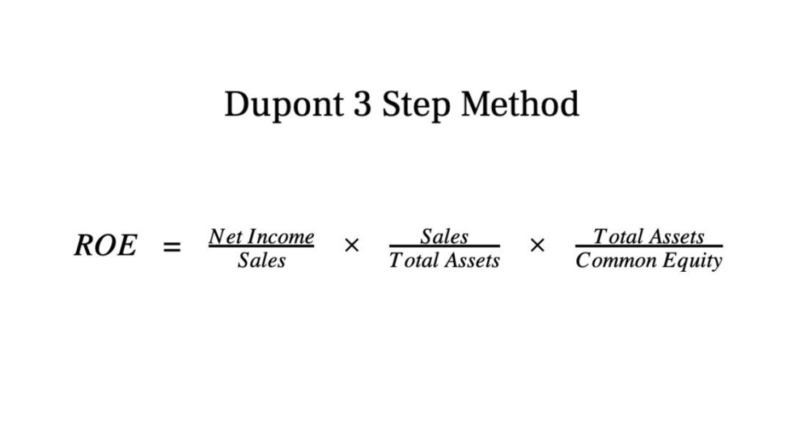Understanding and Implementing Decision Rights

It’s simply a matter of untangling the crossed web of accountability, one decision at a time. For an example of the former, consider the global pension fund that found itself in a major cash crunch because of uncoordinated decision making and limited transparency across its various business units. A perfect storm erupted when different business units’ decisions simultaneously increased the demand for cash while reducing its supply. In contrast, a specialty-chemicals company experienced the pain of excess choreography when it opened membership on each of its six governance committees to all senior leaders without clarifying the actual decision makers. All participants felt they had a right (and the need) to express an opinion on everything, even where they had little knowledge or expertise.

Deloitte Insights Newsletters
Jason has led Agile transformations at several Fortune 500 companies, including MassMutual, Capital One, and CoStar Group. Jason writes frequently on advanced product management and consulting topics for the company blog. Jason co-created the Scrum Alliance advanced learning programs designed for the professional development of thousands of Scrum Masters and Product Owners. He went on to co-design the world’s first online, on-demand, self-paced programs for advanced Scrum education. Jason is frequently invited to speak at conferences, on webinars, and on podcasts, including for the Scrum Alliance, Product Management Today, Agile Heroes Summit, several Agile Alliance events, and local practice communities. Kimberly Rucker, of Dallas-based TXU, says management is sometimes too quick to blame the decision makers or the process itself when results are not as expected.

Findings
In some instances, larger conceptual and practical changes to WP programmes or events are based on a combination of experiences through the evaluation process, findings, and the priorities of the sector. Interestingly, from the perspective of the Senior WP Practitioner at the same institution, the changes to the revision programme were made based on feedback from students and teachers. The Senior WP Practitioner at the Post-1992 University shared a similar experience using decision making framework evaluation findings from their end-of-year report, limited to ‘tweaking individual activities’. For the Administrative Assistant at the Russell Group University, the small changes to activities tend to be logistical, in line with the focus of their job role.

Role of the Software Architect
Every day, organizations need to make decisions—from how to accomplish strategic objectives, acquire goods and services, launch (or discontinue) projects, and grow their people, to how to pursue organizational transformation. Having a rigorous, clear framework for defining who owns, vetoes, influences, and supports these important decisions can go a long way toward helping organizations operate rapidly and effectively. Decision clarity is often hindered in businesses that cultivate an environment of unhealthy competition, impunity, and knowledge silos. Such practices undermine the transparency and collaboration necessary for effective decision-making.

Boston Consulting Group partners with leaders in business and society to tackle their most important challenges and capture their greatest opportunities. net sales Today, we work closely with clients to embrace a transformational approach aimed at benefiting all stakeholders—empowering organizations to grow, build sustainable competitive advantage, and drive positive societal impact. The faculty-based WP Practitioner at the Russell Group University follows a similar process and often makes concrete changes to their activity based on their observations. Similarly, the Graduate Intern at the Russell Group University received student feedback about how best to support students with their personal statements, which led to improvements in the information and advice provided to students.

Leadership
- OVIS also works seamlessly with other important organizational tools including role charters, within which decision rights deserve equal weight alongside other key elements such as accountabilities, leadership behaviors, and success parameters.
- These metrics provide concrete and measurable indicators, making it easier to assess the impact of decisions and determine their effectiveness.
- The decision about WHETHER to comply with a law, regulation, or standard may be made at the organization’s executive level.
- Considering the exploratory nature of the study and the constructivist approach applied, interviews were chosen as the single research method for data collection because they are most useful when the purpose of the research is to understand individual perspectives and experiences (Roulston & Choi, 2018).
- Finally, the implications of this study are explored through a thematic analysis of interview data with 17 staff members spanning the organisational hierarchy of 3 diverse English HE Providers.
- In addition to simplifying and clarifying the who and how around decision-making, it’s also important to clearly articulate the what—which decisions are the highest priority.
For example, being responsive to stakeholder needs and producing valid and credible evaluation findings require understanding stakeholder values (Greene, 1990). Consequently, there are calls for more critical reflection on how values influence evaluation practices (Hall et al., 2012; Schwandt & Gates, 2021). Therefore, as this paper argues, it is important to build on our understanding of the complex interplay of values at an organisational level, directed through the evaluation system, and at the individual level, influencing how staff within HE providers enact their WP policy and evaluation. Building this https://www.bookstime.com/ understanding can support the critical reflection of HE providers and employees on how they shape evaluation systems and enact their evaluation practices.

Leave a Reply